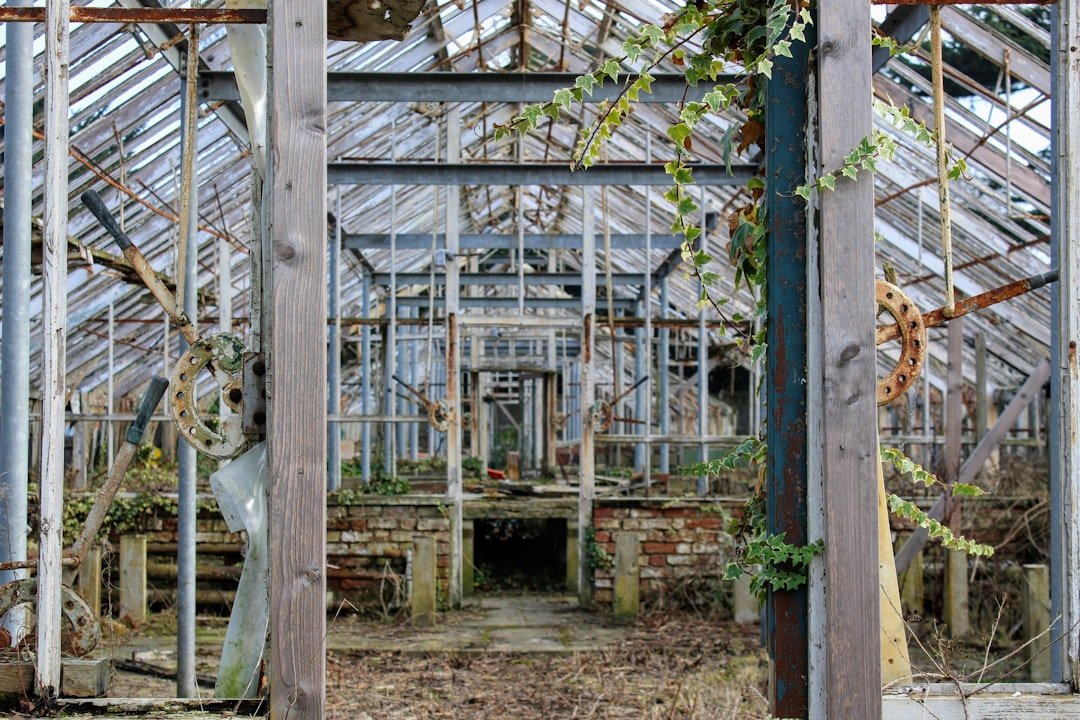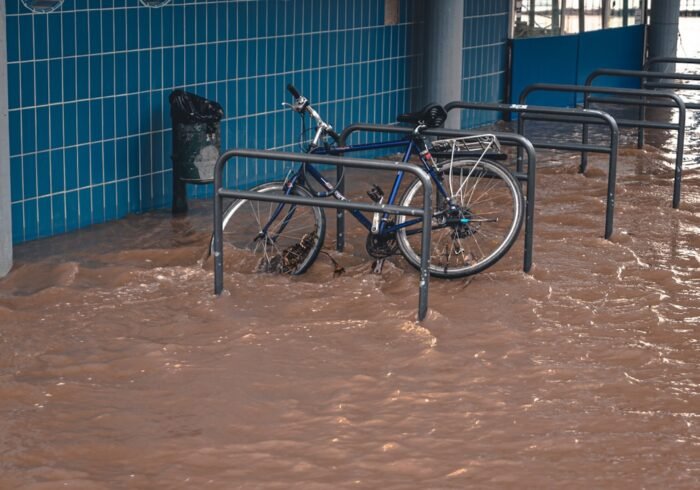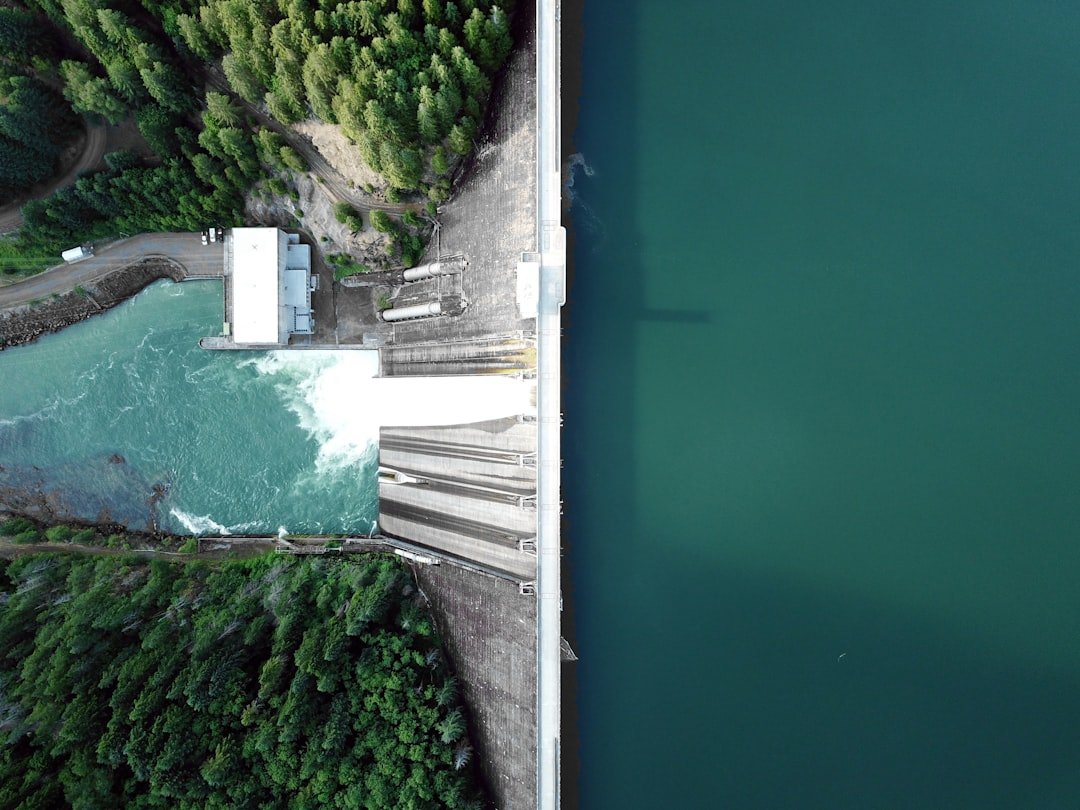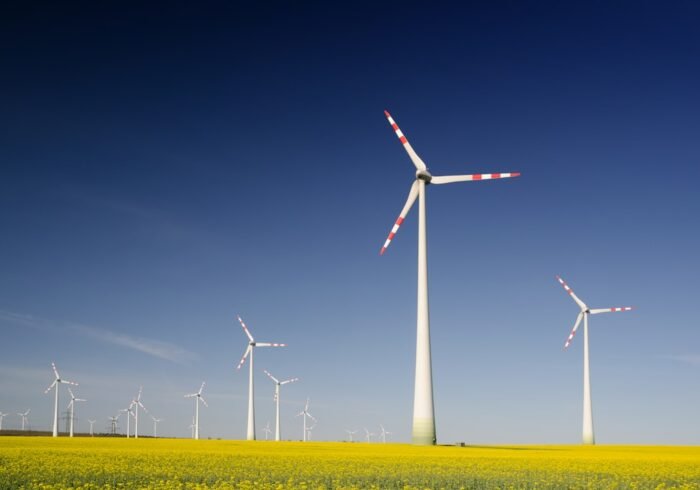A Complete Guide to Understanding Climate Change Climate change has become one of the 21st century’s most important issues, drawing the interest of scientists, decision-makers, and the public at large. It describes notable changes in long-term global temperatures and weather patterns that are mostly caused by natural and human-caused factors. The effects of climate change are extensive, impacting economies, human health, and ecosystems all over the world. There has never been a more urgent need to address this global crisis as temperatures rise and weather patterns become more unpredictable. Climate change is not a recent phenomenon; it has existed for millions of years on Earth. The present pace of change, however, is unparalleled and mostly due to human activity.
Key Takeaways
- Climate change refers to long-term shifts in temperature, precipitation, and other atmospheric conditions on Earth.
- Human activities such as burning fossil fuels and deforestation contribute to the release of greenhouse gases, leading to climate change.
- Natural processes like volcanic eruptions and solar radiation also play a role in climate change by affecting the Earth’s energy balance.
- Deforestation contributes to climate change by reducing the number of trees available to absorb carbon dioxide from the atmosphere.
- Industrialization has led to an increase in greenhouse gas emissions, contributing to the acceleration of climate change.
A multifaceted approach that takes into account both natural processes and human activity is necessary to comprehend the complexities of climate change. The purpose of this article is to examine these aspects and provide insight into how they interact and fuel the current climate catastrophe. Emissions of greenhouse gases (GHGs), such as carbon dioxide (CO2), methane (CH4), & nitrous oxide (N2O), are the main way that human activity has contributed to the acceleration of climate change.
The concentration of these gases in the atmosphere has dramatically increased as a result of the burning of fossil fuels for transportation, energy production, and industrial processes. The greenhouse effect worsens as a result, trapping heat and causing global warming. Wide-ranging effects of this phenomenon include increased frequency of extreme weather events, changed precipitation patterns, and rising sea levels. In addition, the situation has been made worse by population growth and urbanization. The need for resources, energy, and transportation rises as cities grow and their populations rise.
Frequently, this demand results in unsustainable activities like intensive agriculture, overfishing, and deforestation, which raise greenhouse gas emissions even more. Societies must embrace more sustainable practices because the combined effects of these activities have produced a feedback loop that speeds up climate change. Natural processes are also very important in determining the Earth’s climate, even though human activity is a major contributor to climate change. Variations in solar radiation, ocean currents, and volcanic eruptions are a few examples of the factors that can affect global temperatures and weather patterns. For example, volcanic eruptions emit copious amounts of sulfur dioxide and ash into the atmosphere, which can momentarily cool the planet by reflecting sunlight away from it.
| Cause | Description | Impact |
|---|---|---|
| Human Activity | Burning of fossil fuels, deforestation, industrial processes | Rising temperatures, extreme weather events, sea level rise |
| Natural Processes | Volcanic eruptions, solar radiation, ocean currents | Fluctuations in climate patterns, short-term temperature changes |
These natural occurrences, however, are usually transient in contrast to the long-term consequences of climate change brought on by humans. Also, the absorption of CO2 from the atmosphere by natural carbon sinks such as forests and oceans helps to slow down climate change. However, because of deforestation & ocean acidification, these sinks are losing their effectiveness. The intricate web of influences created by the interaction of natural processes and human activity makes it more difficult to comprehend & combat climate change. Understanding how these elements interact is crucial to creating strategies that effectively address this global issue. One of the main causes of climate change is deforestation, which contributes between 10% and 15% of greenhouse gas emissions worldwide.
In addition to releasing stored carbon dioxide, the destruction of forests for logging, urbanization, and agriculture reduces the planet’s ability to absorb CO2. Since trees are essential carbon sinks, their removal exacerbates global warming because the carbon they have stored is released back into the atmosphere. Deforestation affects more than just carbon emissions. It damages local ecosystems, resulting in habitat destruction & biodiversity loss.
Ecological balance is further upset when forests are cut down because species that rely on these habitats are in danger of going extinct. Also, by decreasing rainfall and raising temperatures in impacted areas, deforestation can change regional weather patterns. Deforestation has serious & varied effects, underscoring the pressing need for sustainable land management strategies that put forest preservation first. Economic development & growth have been fueled by industrialization, but greenhouse gas emissions have also increased significantly as a result of this process.
The manufacturing sector emits a significant amount of CO2 due to its heavy reliance on fossil fuels for energy. The manufacturing of steel, cement, and chemicals are among the industries most infamous for their carbon footprints. The problem of striking a balance between growth & environmental sustainability gets more difficult as nations continue to industrialize in an effort to advance economically. Also, industrial operations frequently result in the production of additional dangerous pollutants that worsen air quality and cause health problems. Particulate matter & volatile organic compounds (VOCs) can cause respiratory issues and other health issues for people in the vicinity.
As businesses grow internationally, it is imperative that governments & organizations enact stronger laws & support greener technologies that reduce emissions and stimulate the economy. A delicate balance between agriculture and climate change. Agriculture is a sector that is extremely vulnerable to the effects of climate change, but it also contributes significantly to it.
Enteric fermentation in ruminant animals, for example, produces significant amounts of methane, a powerful greenhouse gas, during livestock production. Climate change is further exacerbated by the use of synthetic fertilizers, which release nitrous oxide into the atmosphere. Farmers’ effects on the environment. Deforestation and habitat loss are frequent results of agricultural land expansion, which exacerbates the environmental problems related to food production. In addition to destroying biodiversity, this fuels climate change.
Agricultural Productivity & Climate Change. There are serious risks to agricultural productivity from climate change. Extreme weather events, rising temperatures, & altered precipitation patterns can all affect crop yields and jeopardize food security. Disasters like floods or droughts can hinder farmers’ capacity to produce crops efficiently. implementing sustainable farming methods.
Adopting sustainable agricultural practices that put soil health first, cut emissions, and increase resilience against the effects of climate change is necessary to address these interrelated problems. By doing this, we can guarantee future food security and lessen the impact of climate change on agriculture. Natural processes play two roles in climate change: they can both act as mechanisms to control atmospheric conditions and, over time, contribute to changes in climate patterns. Ocean currents, for instance, are essential to the global distribution of heat.
Weather patterns and climate zones can change significantly as a result of changes in these currents. Likewise, over long stretches of time, changes in solar radiation can affect global temperatures. Human-induced changes, however, are increasingly influencing natural processes. Rising global temperatures, for example, have the potential to change ocean currents and upend ecosystems that have developed over thousands of years. The melting of polar ice caps influences ocean circulation patterns, which control the global climate, in addition to raising sea levels.
Knowing these natural processes is crucial to creating all-encompassing plans to lessen the effects of climate change while acknowledging their inherent unpredictability. A sophisticated comprehension of both natural & human processes is necessary to address climate change. The pace of climate change has been greatly accelerated by human-caused factors, but natural processes are also essential in forming the climate system of our planet.
To create practical solutions that support sustainability & lessen environmental effects, it is essential to strike a balance between these factors. Governments, businesses, communities, and individuals must work together to accomplish this balance. Natural ecosystems can be preserved while greenhouse gas emissions are decreased by switching to renewable energy sources, enforcing sustainable farming methods, conserving forests, and encouraging conservation initiatives. In order to address the issues brought on by climate change and preserve the delicate balance of our planet’s systems, society can strive toward a more sustainable future by promoting a deeper understanding of how human activity interacts with natural processes.



